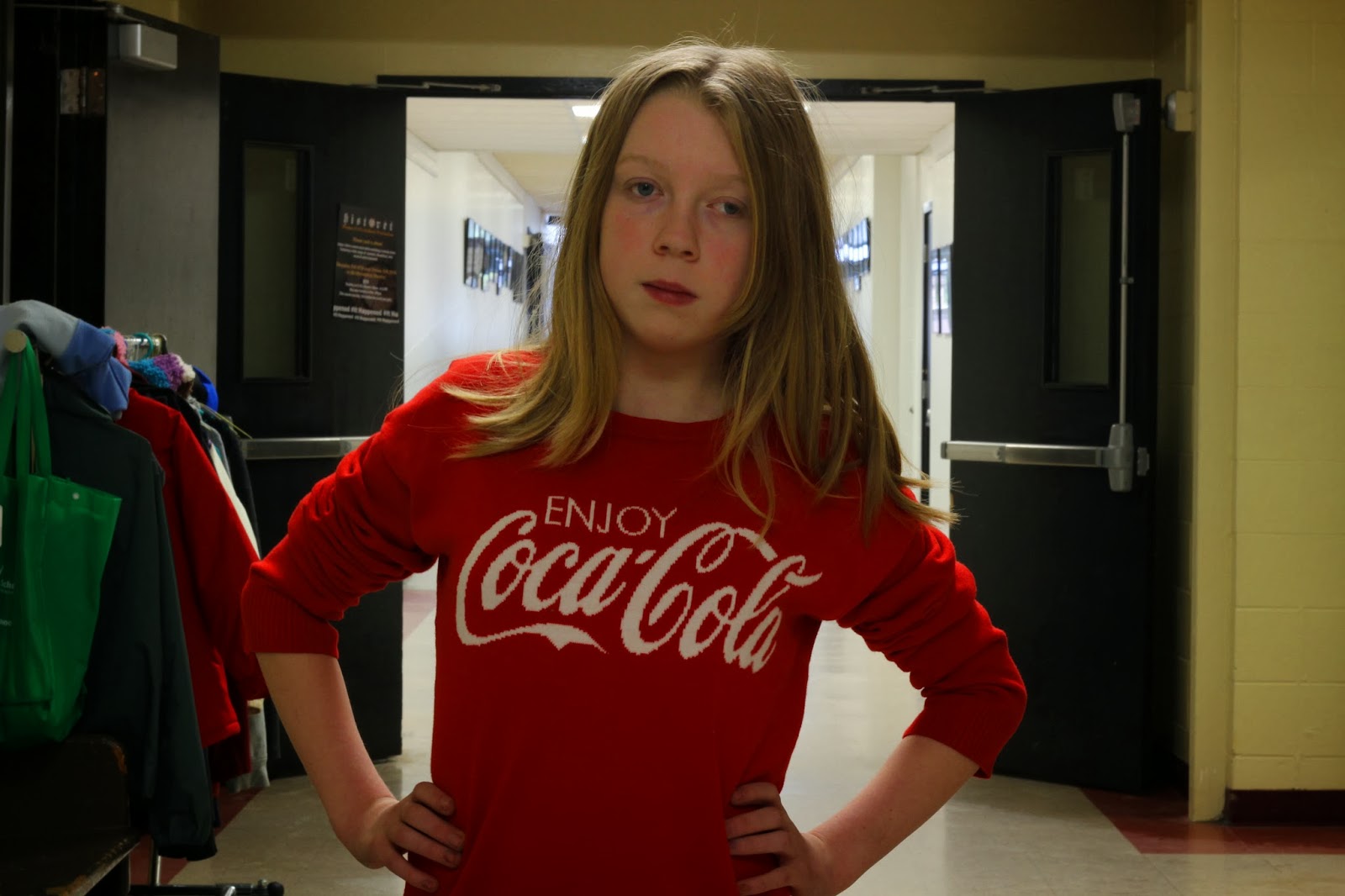
hatchet/side lighting.
to achieve this lighting you place the light source directly to the side of your shooting subject.
tutorial; http://www.youtube.com/watch?v=4YoqyMUnNKs
rembrant lighting.
to achieve this lighting, you put your light source a little off to the side of your shooting subject, to cast a shadow on your subject.
tutorial; http://www.youtube.com/watch?v=yEBBGsoQLjU

 butterfly/glamour lighting.
butterfly/glamour lighting.to achieve this lighting all you need to do is put the light directly in front of your subject, who should be directly in front of the camera.
tutorial; http://www.youtube.com/watch?v=z_mXJia_OEI



































 i like this picture because i can interpret it however i want and it makes me curious, and its hard to believe that Cindy Sherman is somewhere under there.
i like this picture because i can interpret it however i want and it makes me curious, and its hard to believe that Cindy Sherman is somewhere under there.







